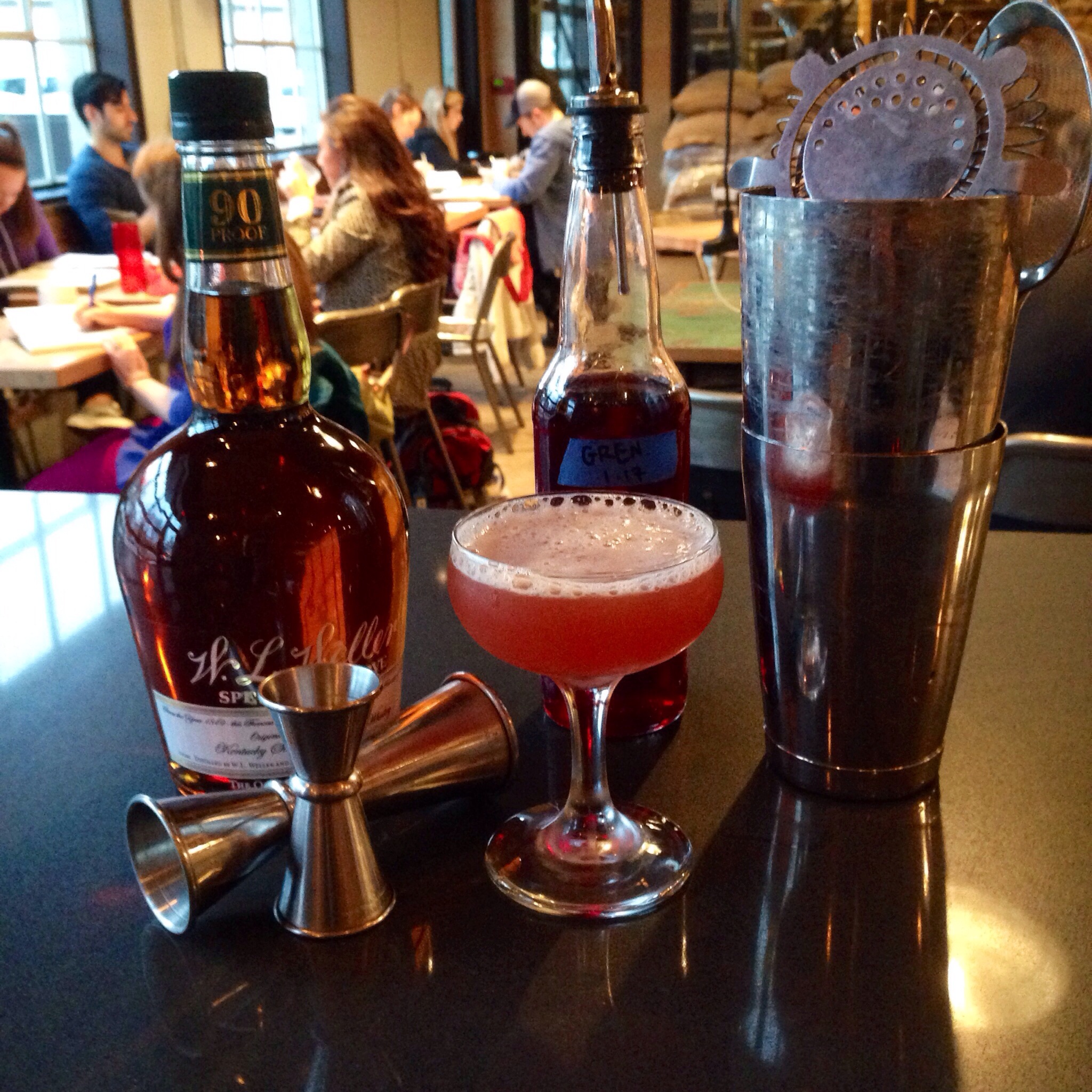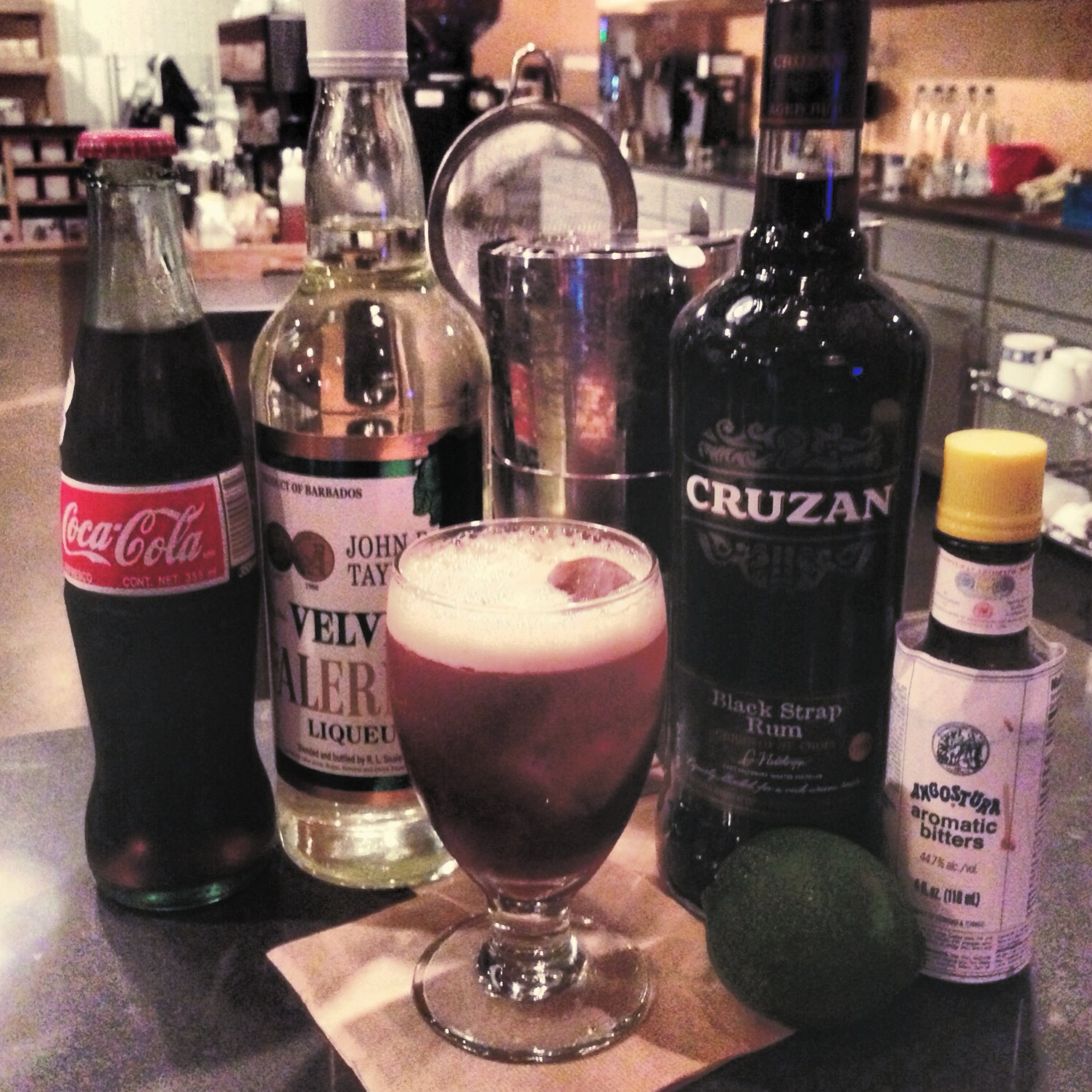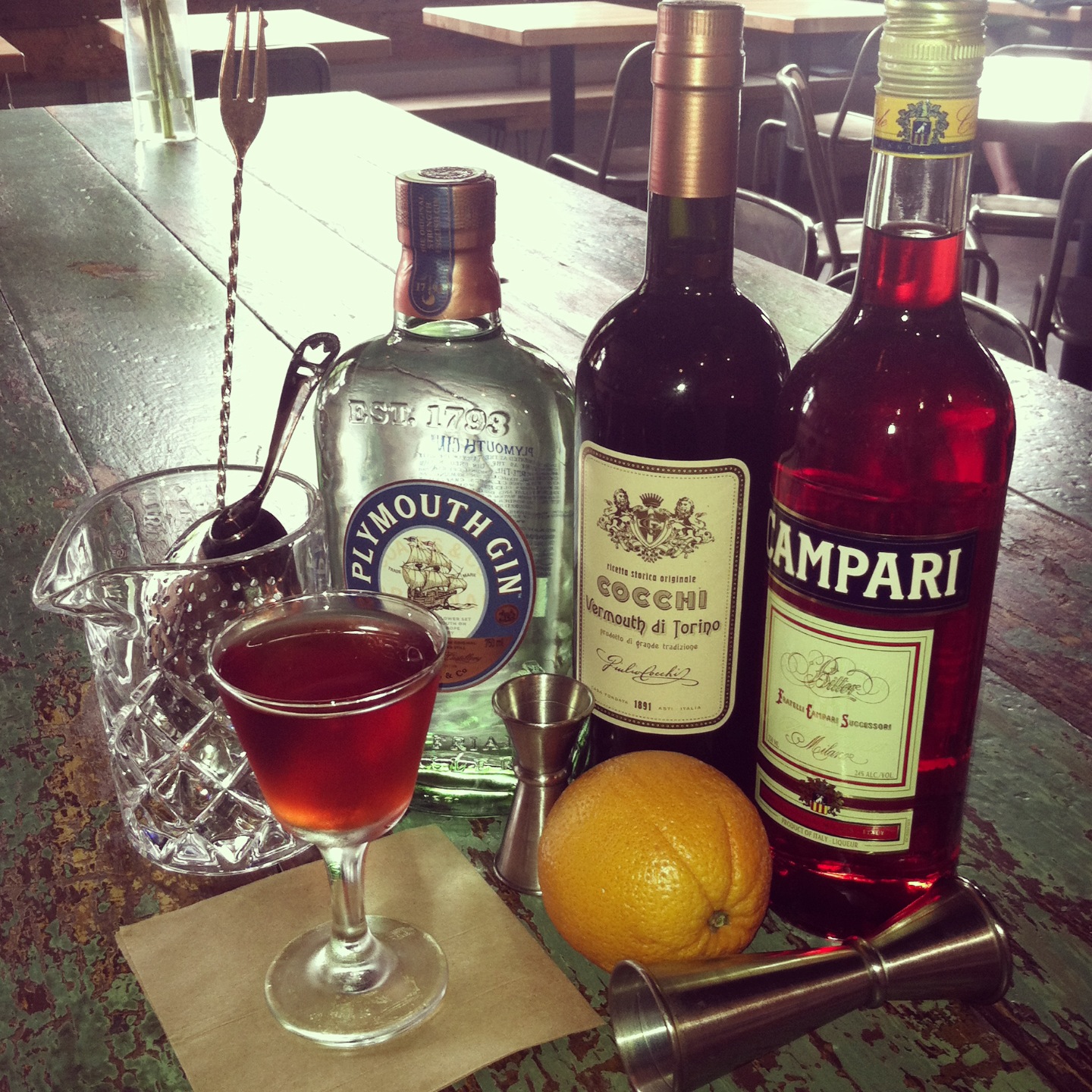 Freelancing is a lot like eating a grapefruit without the proper spoon sometimes. It can be frustrating, barely rewarding, and energy consuming. Sometimes, it feels like you spend more energy trying to dig out just a little more fruit or juice with a blunt spoon. But once you've finally eaten the fruit and are squeezing the last drops of juice into your poorly paired spoon, you miss and spill the juice all over your shirt.
Freelancing is a lot like eating a grapefruit without the proper spoon sometimes. It can be frustrating, barely rewarding, and energy consuming. Sometimes, it feels like you spend more energy trying to dig out just a little more fruit or juice with a blunt spoon. But once you've finally eaten the fruit and are squeezing the last drops of juice into your poorly paired spoon, you miss and spill the juice all over your shirt.
Or is that just me? Even better.
Over the past month, I've blogged my butt off for Birmingham Restaurant Week and been contacted by three different new clients. I've invoiced for more money this month than any other since I started freelancing full-time -- a welcome change after having to dip into my savings in July. Even with all of these things going right, I'm still trying to figure out how this writing thing will work going forward.
Several of the sections of my blog have gone on to become recurring paid columns. Cocktail of the Hour is now a regular part of my articles for mental_floss. I was blogging about health and fitness in exchange for personal training, but the gym has since closed. In the past, I'd used blogging to keep myself accountable as a writer or for my own health, but it hasn't stuck.
What I'd like to do is a weekly or monthly roundup post of what I did that week/month -- where I fell short, what frustrated me, and any victories. I'd love for my blog to be a place where I can focus on what I've done rather than leaving it in my head to loop endlessly through a montage of small victories and overwhelming obstacles. I can and will do this thing, and I will do it right. I hope.








